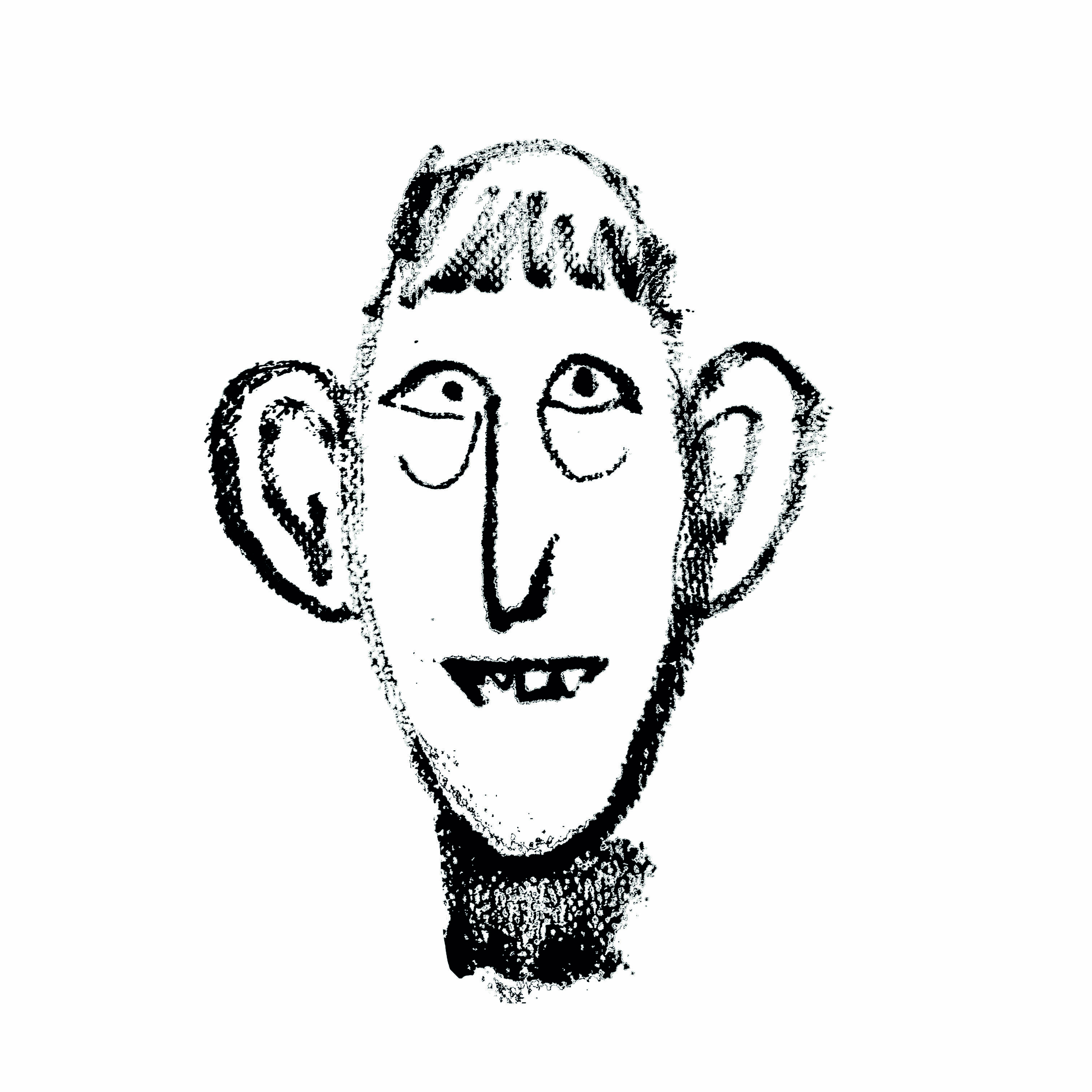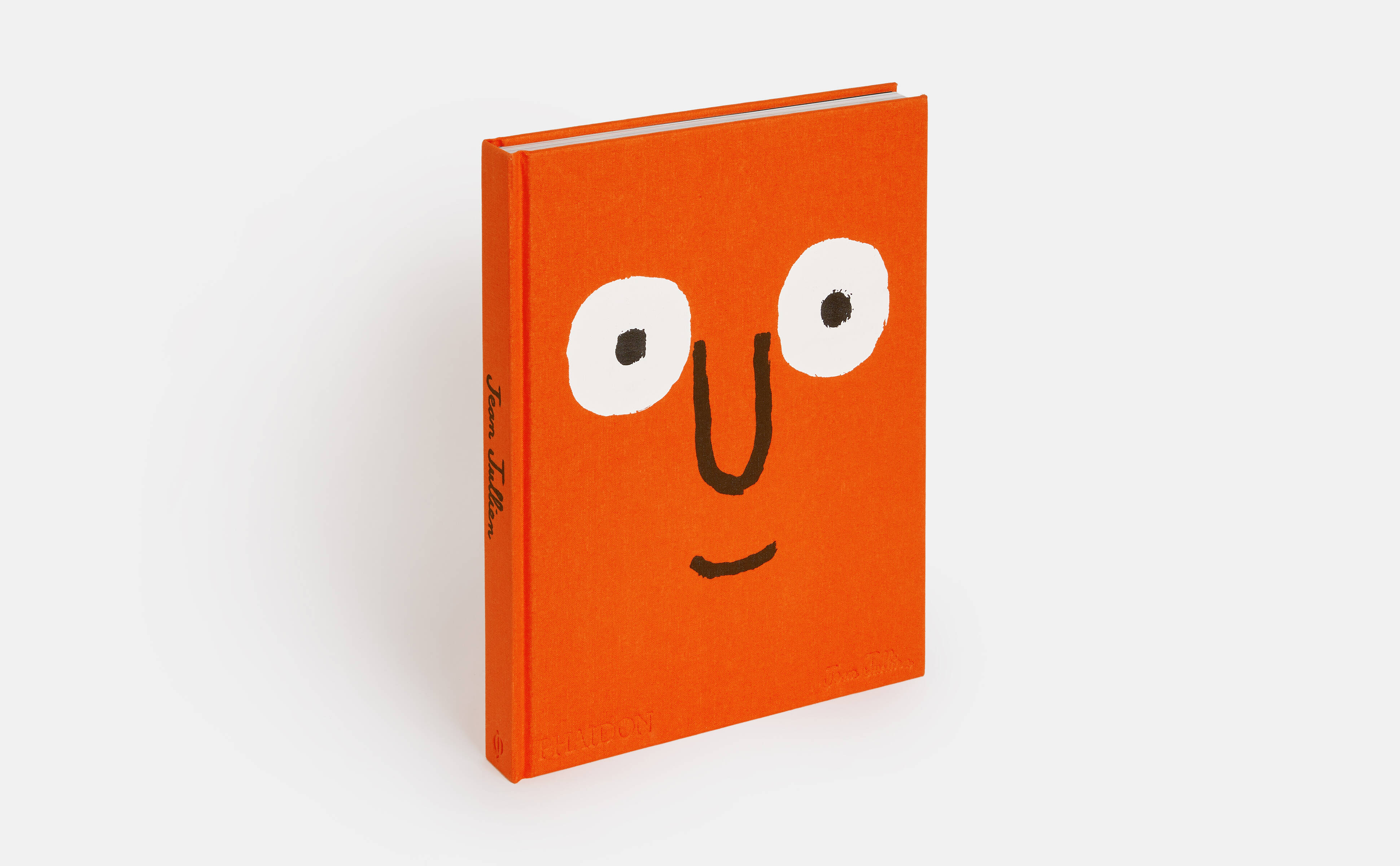
Jean Jullien in a family way
Our new monograph explores the way in which this French artist uses his happy childhood as a source of inspiration
Readers of Jean Jullien’s new monograph may have encountered a little of his work before. The French artist has been the subject of gallery exhibitions across the globe; his Instagram following has reached 1.2 million; and his commercial work can be seen everywhere from magazine covers to Korean streetwear.
Followers of this fine artist Frenchman will know how faces, beaches, animals and the challenges of consumer technology all feature in his paintings and drawings. However, in a conversation with his mother and father, Bruno and Sylvie Jullien, reproduced in our new book, the artist reveals another preoccupation.
The Q&A session took place in Lesconil, where his parents live, on the far, north-western coast of France. During their discussion Jean, who is based in Paris and New York, tells his mother and father that he’s painting the sea and his family during his stay.

Pages from Jean Jullien
“I’m immersed in this place at the moment because we’re here in Lesconil,” he says. “I’m painting the sea, I’m painting the family. But I’m also painting my children’s toys and the toys I had when I was a child, but it’s not out of nostalgia. When I pick up all the slightly damaged, very colourful plastic toys you (his parents) have kept, it makes me want to incorporate them into my work because for me they hold memories of my formative years that first made me want to create. These childhood memories are something that my brother, Nico, and I have explored a lot in our work together. It’s an impulse to recreate the essence of happiness: taking something that made us happy when we were children, like role-playing, making music videos, and more, and trying to redo it in our own way as adults—and make it exciting.”
The accompanying paintings of toy robots and dinosaurs are, indeed, imbued with a sense of happiness. At once old and new, they appear to be both relics of a happy childhood and examples of how that happiness can be represented and enlarged.
An idyllic childhood might seem like an unremarkable and perhaps even slightly embarrassing source of inspiration for many contemporary artists who credit an unhappy upbringing as a source of inspiration, but Jullien is quite aware of how his mother’s love of museums, his father’s interest in cinema, his sister’s support and his brother’s interest in music all helped shape him as an artist.

Jean Jullien (self-portrait). Courtesy Jean Jullien / Phaidon
“I had a happy childhood growing up in a happy family,” he tells his undoubtedly proud parents. “Work for me is something happy, so it seems to me that the two are linked. My graphic language is always changing; it’s in a fairly constant state of flux. So it’s good to have themes that ground me. My connections with my family, my sister, my brother, my parents, places, the things I’ve always loved give me my bearings, support me like crutches in a way, and I keep them with me wherever I go. They are so joyous for me that I have a burning desire to share them.”

Jean Jullien
To share in a little of that joy too, order a copy of Jean Jullien here. Meanwhile, check back in the next few days for news of an exclusive Jean Jullien limited edition, coming very soon.